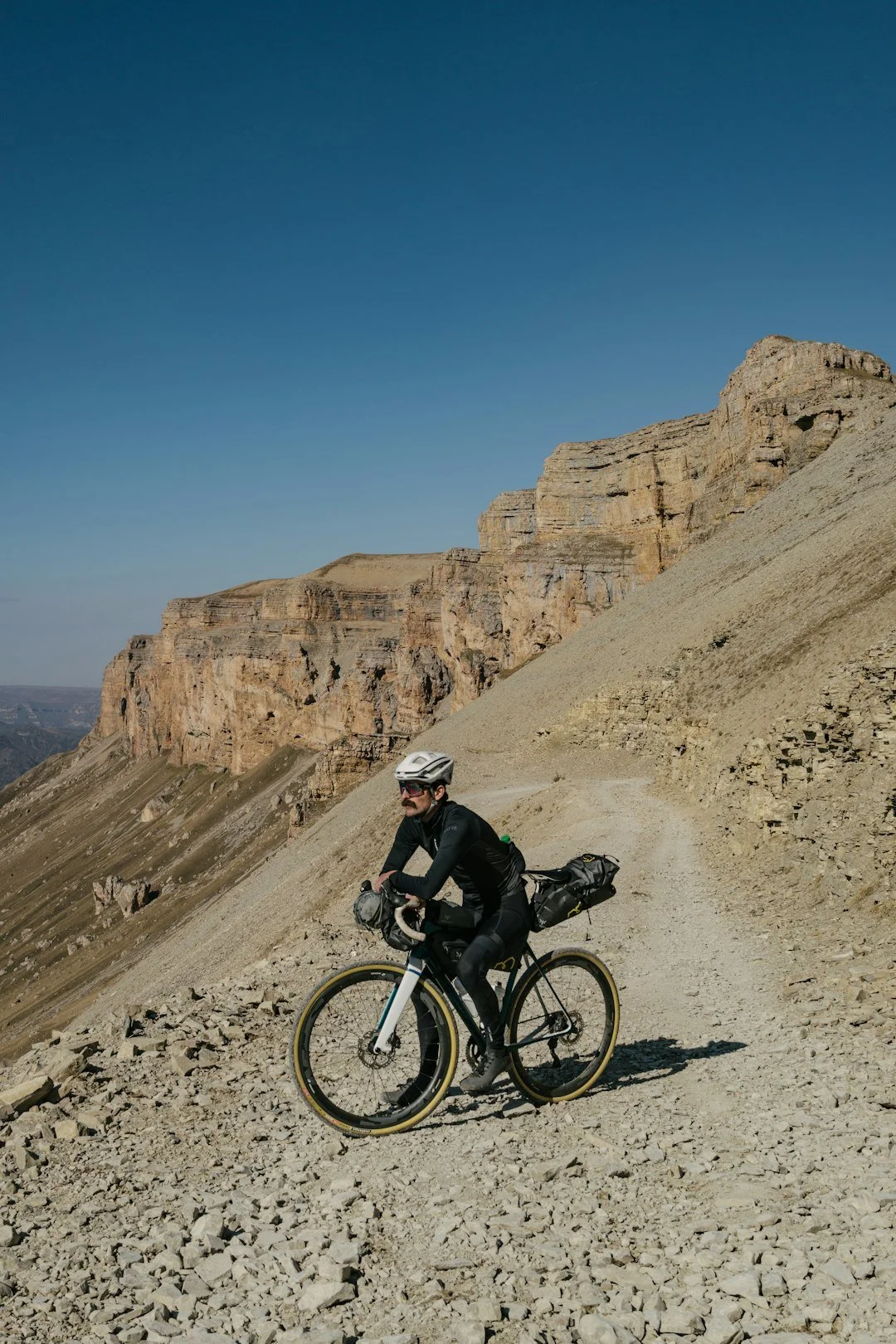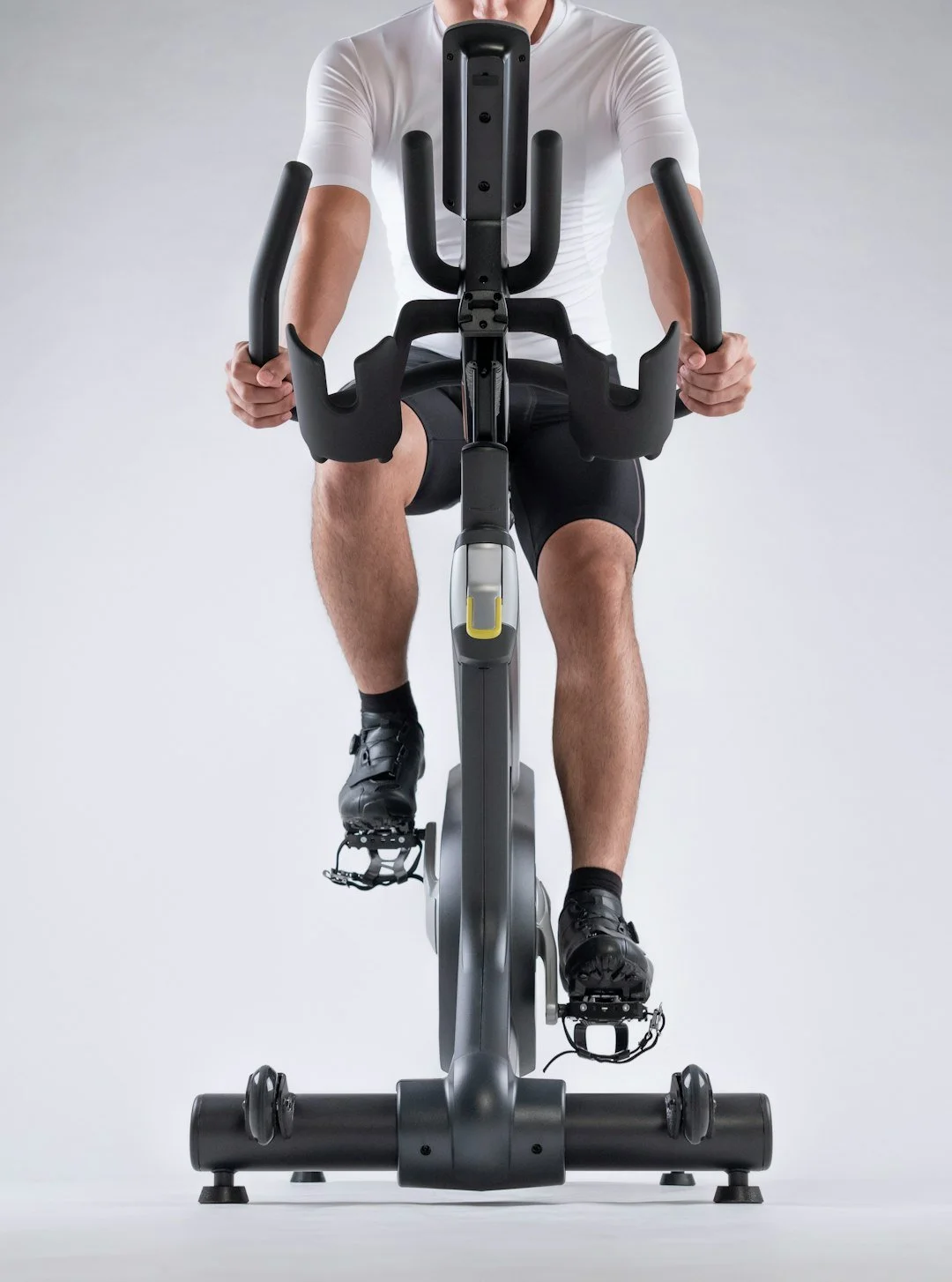The Altitude Advantage: Mountain Biking Workouts for Denver's Front Range Warriors
By Brett Green, PT, DPT • 2025-09-06
You're bombing down Buffalo Creek's rollercoaster singletrack when your legs start screaming halfway through the 24-mile Big Loop. Sound familiar? The Front Range offers over 1,200 miles of world-class mountain biking trails, but Denver's thin air and punishing climbs demand a different breed of fitness than your average ride.
Here's the brutal truth: riding at 5,280+ feet elevation increases your heart rate by 10-20% compared to sea level for the same effort. Combine that with technical terrain that requires explosive power bursts, and you've got a recipe for getting humbled by Hall Ranch's rock gardens or Apex Park's 1,700-foot climb.
The Front Range Reality Check
Mountain biking demands a unique cocktail of physical capabilities. According to research from the International Mountain Bicycling Association, riders need:
Explosive anaerobic power for technical climbs and obstacles
Sustained aerobic endurance for those epic Colorado loops
Core stability to handle rocky descents
Upper body strength for bike control and fatigue resistance
At altitude, your VO2 max drops approximately 2% for every 1,000 feet above 5,000 feet elevation. That means when you're grinding up Horsetooth Mountain at 7,200 feet, you're working with about 94% of your sea-level capacity.
Conquering Front Range singletrack requires more than just cardio fitness
The 4-Pillar Mountain Bike Training System
1. Power Endurance Intervals (Tuesday/Thursday)
This isn't your roadie friend's interval workout. Mountain biking requires repeated explosive efforts followed by incomplete recovery—exactly what you'll face on trails like Golden Gate Canyon's Full Pull.
The Workout:
10-minute warm-up spin
6 rounds of:
30 seconds all-out sprint (90-95% max heart rate)
90 seconds moderate pace (70% effort)
2 minutes easy spin
10-minute cool down
Pro tip: Do these on a stationary bike with high resistance to simulate those soul-crushing Front Range climbs.
2. Strength Circuits for Trail Domination (Monday/Wednesday)
Forget bicep curls. This circuit builds functional strength for hammering through rock gardens and maintaining control on bomber descents.
The Circuit (3 rounds, 45 seconds work/15 seconds rest):
Bulgarian Split Squats - Unilateral leg strength for climbing power
Renegade Rows - Core stability + pulling strength for technical moves
Box Step-Ups with Knee Drive - Explosive hip power
Turkish Get-Ups - Full-body coordination and stability
Pallof Press - Anti-rotation core strength for bike control
3. The Weekend Warrior Special
Your Saturday ride should be your weekly reality check. Pick a challenging Front Range classic:
Beginners: Lair O' the Bear (12 miles)
Intermediate: Betasso Preserve loops (15-20 miles)
Advanced: Buffalo Creek Big Loop (24 miles)
Ride at 70-80% effort, focusing on smooth technique over speed. This builds your aerobic base while practicing real-world skills.
High-intensity intervals prepare your body for altitude demands
4. Altitude Adaptation Protocol
Living in Denver gives you a head start, but you still need to prepare for those high-altitude epics. Two weeks before tackling anything above 9,000 feet:
Week 1: Add 10-minute threshold efforts at the end of easy rides
Week 2: Include 2x20 minute efforts at lactate threshold
Hydration: Increase water intake to 100oz+ daily
Sleep: Target 8+ hours for optimal adaptation
The Recovery Game
Here's what separates weekend warriors from season-long shredders: recovery protocol. The high desert climate and altitude create a perfect storm for dehydration and delayed recovery.
Essential Recovery Checklist:
Foam roll IT bands, quads, and glutes after every ride
Protein intake within 30 minutes post-ride (aim for 25-30g)
Electrolyte replacement (especially sodium and magnesium)
Active recovery rides at conversational pace
Trail-Specific Training Tips
For Buffalo Creek's Smooth Rollers: Focus on sustained power output. Practice 8-10 minute steady efforts at threshold.
For Apex Park's Brutal Climb: Hill repeats are your friend. Find a 5-8% grade and do 6x3 minute climbs at 85% effort.
For Hall Ranch's Technical Sections: Add plyometric exercises (box jumps, lateral bounds) to build explosive power for quick line changes.
The Bottom Line
Mountain biking the Front Range isn't just about fitness—it's about building a body that can handle repeated punishment at altitude while maintaining the explosive power to clean technical sections. This program builds exactly that.
Start with 3 training days per week, gradually building to 4-5 as your body adapts. Remember: consistency beats intensity every time. Those Buffalo Creek loops aren't going anywhere, but with this training approach, you'll be crushing them instead of getting crushed.
Ready to take your mountain biking performance to the next level? Get Back Physical Therapy specializes in altitude-adapted training programs for Front Range athletes. Our sports performance specialists understand the unique demands of Colorado mountain biking and can create a personalized program that addresses your specific limiters.
References
International Mountain Bicycling Association. (2023). Mountain Biking Fitness Requirements and Training Guidelines. IMBA.org
Colorado Outdoor Recreation Industry Office. (2024). Trail Usage Statistics and Recreation Patterns. State of Colorado
REI Co-op. (2024). Best Mountain Biking in Colorado's Front Range. REI Uncommon Path
Wikipedia contributors. (2025). Mountain biking. Wikipedia, The Free Encyclopedia


